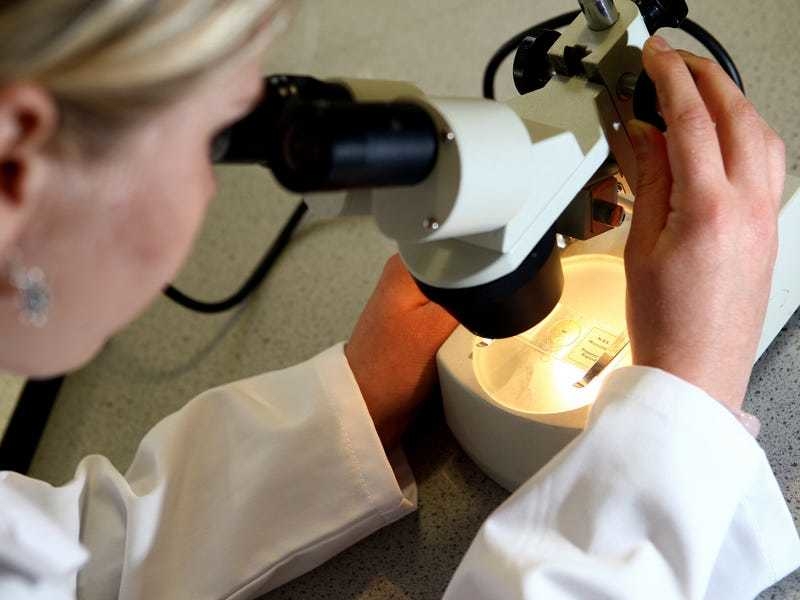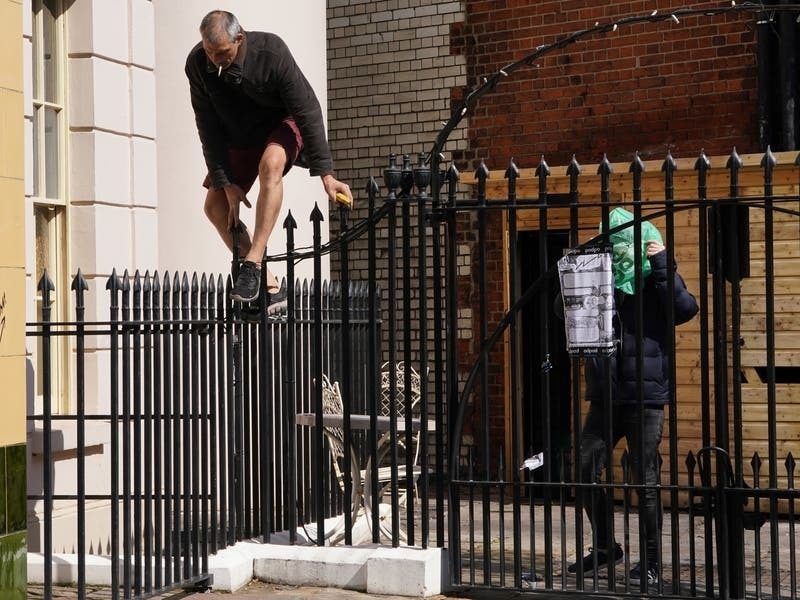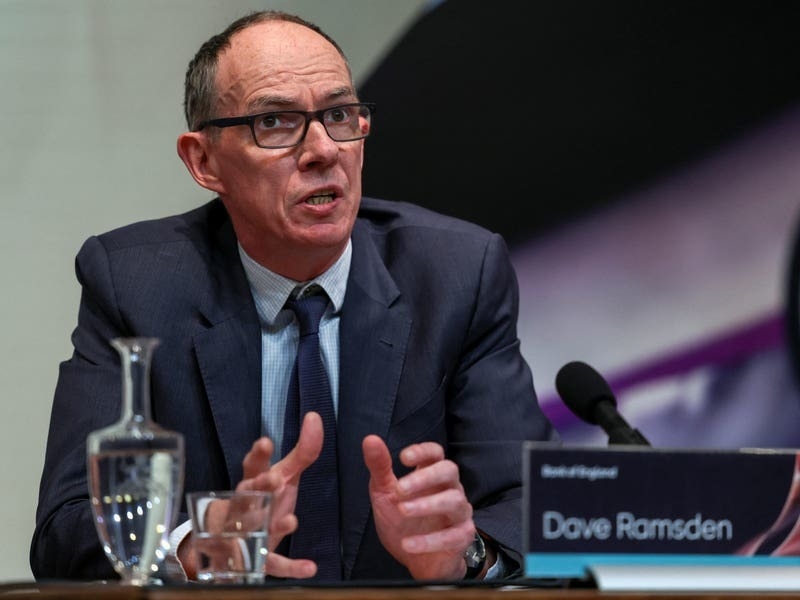On a day-to-day basis, hospital managing director Helen O’Shea liaises with the Health Minister, is kept up-to-date on staffing issues and bed capacity and ensures that vital maintenance works are carried out.
She is also working on a programme to change the face of emergency care which will reduce the number of Islanders admitted to the hospital, and will slash £6 million from her budget as part of cost-cutting measures across all States departments.
But perhaps more topically, Mrs O’Shea, who lives in St Martin with husband Geoff, is one of the key figures at the helm of the plans for the new hospital, which will cost upwards of £400 million.
Since it was announced in 2012 – a year before Mrs O’Shea was appointed managing director – that a new hospital was needed, much work has been done to find a suitable site. This week Health Minister Andrew Green unveiled his final shortlist of four options: the current site, Overdale, the People’s Park and the Waterfront. He has called on Islanders to share their views on where it should be built, and says that if a clear majority favour one site, he will present it as the preferred option to the States, who will then have the final say.
Surely, it must be frustrating for Mrs O’Shea that a site still has to be chosen? ‘I can understand people thinking that this isn’t going very quickly,’ she said. ‘What the public perhaps can’t appreciate, because we’ve not been able to give the information, is the complexity of the project.
‘In an Island of this size, trying to find something the area of three football pitches to build a big building on is a major undertaking. It is a huge expense – the biggest single capital expense this Island has ever faced. You don’t make decisions quickly with that kind of expenditure and that size of building.’
So, which is her own preferred site? ‘There are two factors which I think are critical from the running of a hospital point of view, which is where my expertise lies. One is access for the emergency services and patients, and the other is the shape of the build to give us good clinical adjacencies – ensuring that the right departments are located close to one another.
‘We have other experts looking at things like infrastructure and energy consumption.’
But where does she think is the best place for the new hospital?
‘I’m not going to say what my preferred site is because there isn’t one perfect site,’ she said. ‘I also really want people to look at the journey that we’ve been through and see all the different criteria and understand it for themselves. Once that is better understood, I think people will make their own minds up.
‘What we need is a hospital that works, and one that works for the next few decades. And as someone who lives in the Island, I would also want it to be good value for money.’
Following the release of the documents earlier this week which detail the possible site options, there have been claims that the Health Department is trying to sway public opinion by making some designs look better than others.
‘It is inevitable that there are supporters and opponents of each of the sites because people feel very strongly about this,’ Mrs O’Shea said. ‘I understand that the outcome of that is that people will look for these possible biases in everything we put out.
‘Thirty-nine sites were looked at. The documents that are out there are thousands of pages long. I can understand why there are conspiracy theories, but we are trying desperately to be even and open with all our information.’
The differences between the images of the various locations is something that Mrs O’Shea attributes to the fact that they were created by various people at different stages in the project. She added that a street-level view of the People’s Park option was currently being drawn up after several States Members noted that it was the only proposal on the shortlist which had an aerial image.
But conspiracy theories are not Mrs O’Shea’s biggest concern – it is the people who do not understand that a new hospital is needed who cause her worry. And she is willing to talk to anyone to explain why they are wrong.
‘The hospital is too small as it is, and it’s too old,’ she said. ‘It falls way short of the required standards. We know there is an ageing population, and we know that the older we get, the more we use health care.
‘We are full at the moment. All our wards are full. Unless we provide extra facilities, we are not going to meet the demand.’
She lists the hospital’s numerous failings – the intensive care unit is too small, the maternity unit is showing its age, Robin Ward is too far away from the operating theatre, equipment and beds have to be stored in the corridors … the lost goes on.
But she said that the hospital’s infrastructure was also in need of a complete overhaul, with the pipes that carry the building’s water being particularly problematic.
As the hospital has evolved over the years, the pipes in certain blocks are no longer suitable. For example, the Gwyneth Huelin wing was previously made up of wards, and therefore required many baths and showers, which mean it has large pipes.
Nowadays, the water demand in the wing is not as high, so there is a risk that stagnant water, which can harbour potentially deadly bacteria, could build up.
To counter this, a team has to visit certain sections of the hospital twice a week to run every single tap, shower and toilet for three minutes to flush the system. Mrs O’Shea said: ‘It’s a huge amount of work for the team to do, and it’s a lot of water going down the drain.’
The former health care assistant who worked her way up to nurse, then staff nurse, ward sister, departmental head and divisional head before becoming the interim chief executive of Plymouth Hospital NHS Trust, admits it has been a big learning curve getting to know how the Island operates. But she adds: ‘It’s a positive that the Island is so small. It’s close enough to be able to have detailed conversations with politicians and be able to feel you have an influence. In the UK, you feel like a small cog in a very big wheel.’
Although her job is varied, does she miss the hands-on experience of being a nurse? ‘Yes,’ she said. ‘You can take the nurse out of a job, but you can’t take the nurse out of a person. I do miss the clinical interaction with patients.
‘I always said that if I can’t positively influence patient care then I’ve gone wrong. But this job is probably more influential than any job I’ve ever had. I can help the Health Department to look to the future, help to get the right resources and the right staff. I feel I can help patient care more from my current position than I could at the bedside.
‘But I’ve still got my nurse’s frock in the cupboard. I can’t bear to part with it.’






